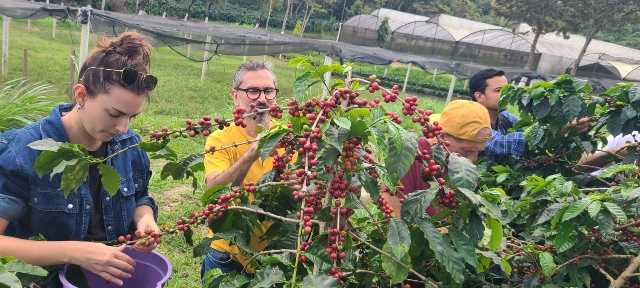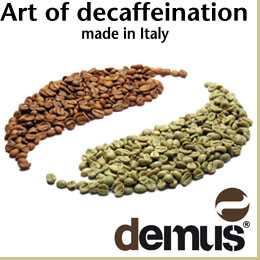COPENHAGEN – Accademia del Caffè Espresso took part in the SCA lecture series last month during World of Coffee in Copenhagen, dedicated to bringing consumer countries closer to coffee-producing countries through joint research and educational activities. Massimo Battaglia, representing Accademia del Caffè Espresso, led the conference, which took place at the Bella Center venue.
Accademia del Caffè Espresso with CDR Coffee Lab
During the conference, Battaglia talked about the study carried out in collaboration with IHCAFE, the coffee conservation body of Honduras; the study is aimed to measure and monitor the evolution of sugars and acids during the processing phase of green coffee beans.
Coffee cultivation and its resulting crop, in a nutshell, is influenced by the different cultivation and processing practices used and by altitude, soil and climatic conditions. Several variables can influence the final result.
Battaglia, Coffee Research Leader at Accademia, explains how coffee, after harvest, undergoes fermentation that can profoundly affect its organoleptic profile – meaning the qualities perceptible through our senses – of the bean and the final beverage.

The study analyzed the Pacas and Lempira varieties during the 2022/2023 harvest, at three different stages of ripening. Both varieties were fermented in tanks using the washed method for 48 hours, and, during fermentation, both the water used in the process and the green coffee beans were analyzed at regular intervals using CDR CoffeeLab.
Afterwards, in order to compare and evaluate the response of the two varieties to the fermentation process, the green coffee samples were roasted and evaluated by cupping tasting following the SCA protocol.
In the Pacas variety, the previously detected parameters went through significant changes, demonstrating the great potential of this ancient variety. The study, therefore, showed that the balance between acidity and sugars is crucial in determining the final quality of the espresso extracted, since a correlation was found between the result obtained in the tasting and the acidity and sugar values measured in the green coffee.


















